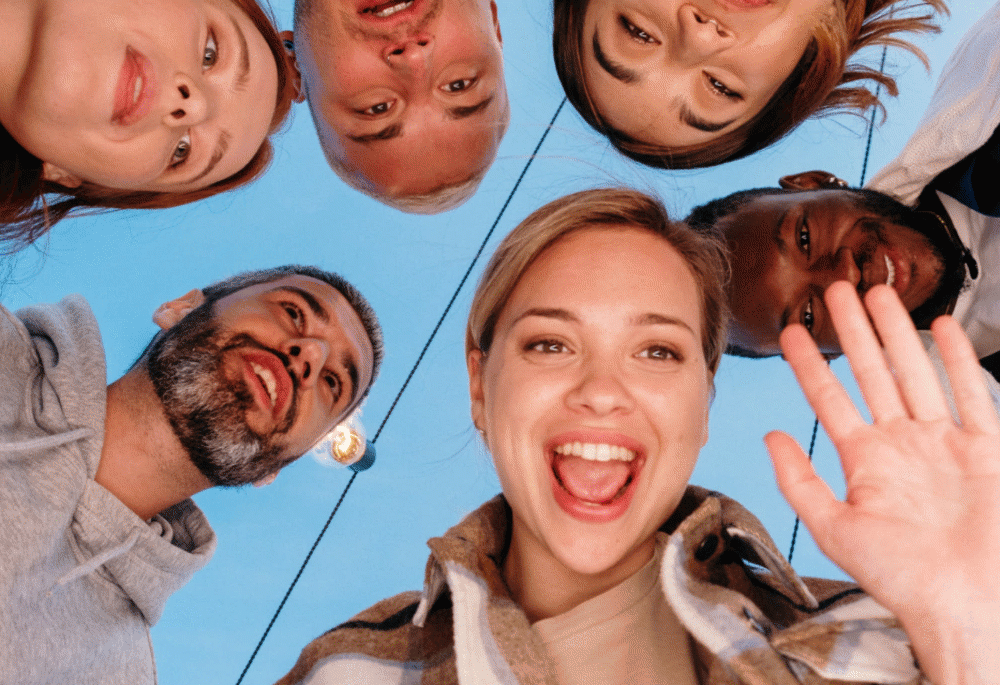Blurring Faces from Videos and The Truth About Body-Worn Camera Privacy
January 28, 2025 | 4 minutes read
Police and other members of the law enforcement community face sensitive situations every day. They witness violence, crimes in progress, and teary witness statements. And if they’re wearing a BWC, all of these moments are recorded and possibly subject to public release under state and federal law. Before these recordings can be released, something called redaction needs to take place, and that includes the blurring of faces and other sensitive information.
What Are BWCs?
BWC stands for body-worn camera. It is a piece of equipment that has become increasingly popular within the law enforcement community over the past decade. Body-worn cameras are a tool used to foster trust, confidence, and a sense of accountability between law enforcement officers and the communities they serve.
The video recorded by BWCs can be used to protect officers and members of the public from false claims by any party during an encounter. Body-worn cameras have been used around the globe, from the United Kingdom all the way to China. In 2015, then-President Barack Obama approved a federal initiative to supply law enforcement with BWCs in response to an increase in high-profile shootings involving police officers and members of the African-American community.
Under this program, over twenty million dollars was awarded to law enforcement agencies in 32 states, and more assistance in purchasing BWCs was given in the form of grants through the Bureau of Justice Assistance’s Smart Policing Initiative.
Legal Implications Of Surveillance
The American Civil Liberties Union (ACLU) acknowledges the fact that body-worn cameras worn by law enforcement are a double-edged sword. On the one hand, the recorded footage can be used to protect individuals, but without the proper regulation and handling could be abused and used to harm. The ACLU has drafted and amended a document they call “A Model Act for Regulating the Use of Wearable Body Cameras by Law Enforcement,” it was last updated in 2021 and attempts to tackle the complex issue of BWCs and privacy.
Surveillance of any kind runs the risk of violating the right to privacy of individuals. Conversations that were meant to be private, the faces of children, and the addresses of victims are all things that can be recorded by BWC and should not be at risk of being publicly revealed. To reduce the threat of footage containing sensitive information being released, protective guidelines and thorough training for officers should be considered a top priority when a department purchases BWCs.
The Need To Blur Faces

When footage from incidents recorded by body-worn cameras is requested by members of the public or press or released voluntarily by the department, it will have to be redacted. The most common redaction placed in video captured by law enforcement is probably the blurring of a face. This is because whether an incident occurs in a private residence, at the corner store, or on a busy street, there will inevitably be innocent bystanders.
While the Constitution does not state the right to privacy, the United States Supreme Court has long upheld the individual right to privacy in various forms. To protect the privacy of non-involved parties that have been caught on tape by body-worn cameras, law enforcement agencies are expected to redact their faces. An easy way to redact is to blur peoples’ faces in your video, as well as pixelate them or cover their faces with an opaque box.
What Else Should You Blur from Videos?
The faces of individuals are not the only things that should be blurred (redacted) when body-worn camera footage is released. Things like license plates, house addresses, tax paperwork on a kitchen table, and more are considered sensitive information and should be redacted. The blur effect applied to faces should be applied to any item that could reveal the identity of non-involved individuals or put them at risk.
Blur Faces from Videos with Automatic Tools like CaseGuard
CaseGuard Studio is an AI-powered, all-in-one redaction solution. With it, you can blur sensitive information from videos, images, audio, and documents with one program. The software has manual and automatic redaction options, allowing you to blur an unlimited number of faces with just a few clicks.
When redacting manually with CaseGuard Studio, you simply click and drag across all of the faces you would like to blur and choose the effect you would like to apply. Two popular effects are blur and pixelate. Manual redaction gives the person redacting the most control but can be time-consuming; that’s why CaseGuard Studio has been optimized with artificial intelligence technology to streamline the redaction process.
AI Automatic Detection is a tool CaseGuard Studio offers that allows you to automatically blur not only faces but license plates, paper, whole cars, credit cards, checks, and more. Once you select what you would like to be redacted and with what effect, the redaction process will begin automatically.
To learn more about blurring faces with CaseGuard Studio, check out the video below.
![Video Thumbnail]()
Play Video
Are you interested in scheduling a demo to discover how CaseGuard Studio can help your agency remain HIPAA compliant? Click here to do so.